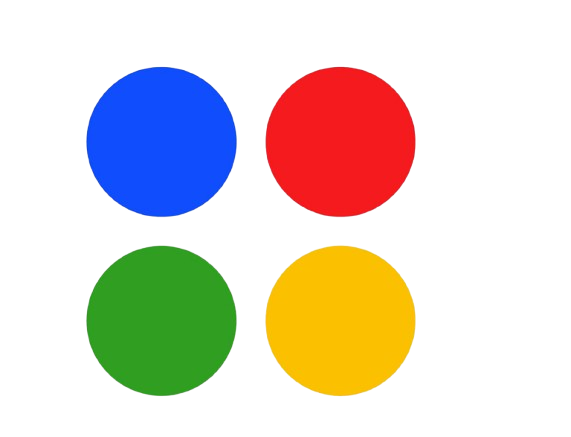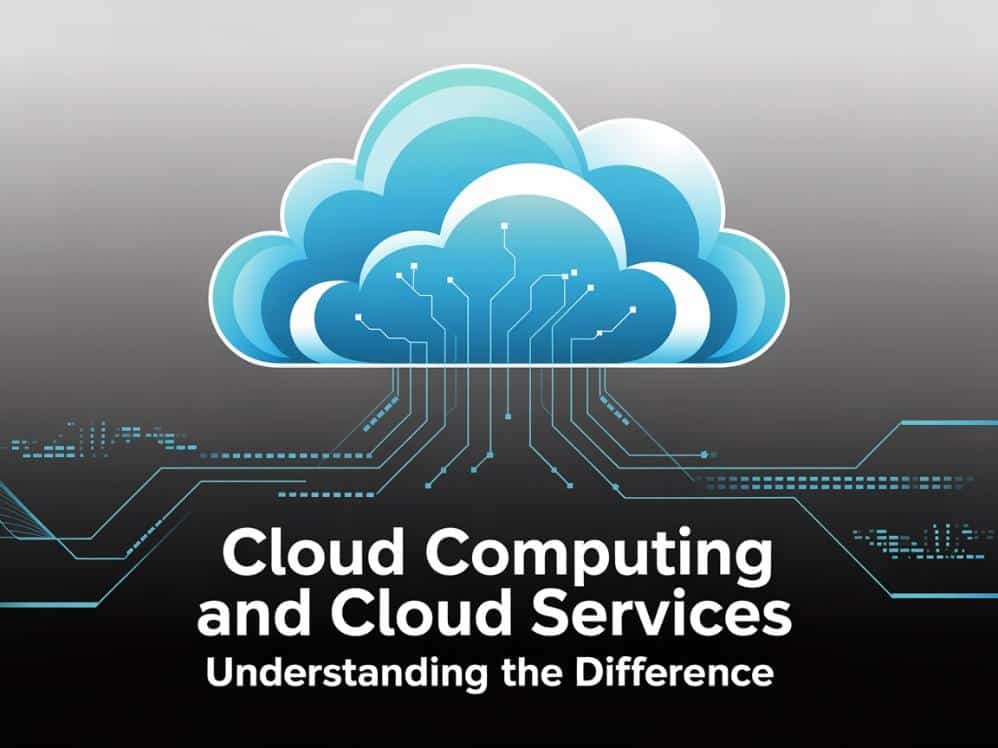Different definitions are attached to cloud computing and cloud services in people’s understanding. Cloud computing and cloud services mean partly the same thing, but still signify with a different emphasis. A clear understanding of what they represent would help in making decisions about which tools your business should be using on what applications and will eliminate any confusion at the time of setting up systems.
This blog will clarify both terms in layman’s language. We will discuss the functions, together with the relationship between one and the other, and the one to pay attention to in accordance with your requirements. Knowledge of the different roles cloud services play in various industries will also familiarize you with how businesses use them today.
What Is Cloud Computing?
Cloud computing represents that very foundation on which everything in the cloud may be based. Cloud computing thus is with the advent of internet-based infrastructure for storage of data, application running, and delivery of computing power on demand.
There are mainly three types of cloud computing:
- Infrastructure as a Service (IaaS): This provides machines, storage, and network tools. A prime example would be AWS EC2. You thus have complete control over the environment.
- Platform as a Service (PaaS): This provides the tools to build and deploy applications without caring about the infrastructure. An example of this would be Google App Engine.
- Software as a Service (SaaS): This would provide applications for use, for instance, Dropbox, Google Docs, or Zoom.
An understanding of how infrastructures cloud services work defines the very beginning of cloud computing. It gives businesses the power to create custom setups from the ground up.
What Are Cloud Services?
Cloud services are the actual tools and applications built above cloud computing. These are the services you use on a daily basis—be it file storage, sales management, or business email service.

In a simple thought cloud services are the applications and services that can be accessed via the internet. This includes:
- File Storage (Like Google Drive)
- Customer relationship tools (like Salesforce)
- Email platforms (like Microsoft Outlook 365)
While cloud computing is the engine, and the cloud services are what most users see and interact with. They are made for convenience and ready to be used out of the box. Understanding where IT cloud services support real business activities helps in visualizing the value of cloud computing-based solutions.
Key Differences Between Cloud Computing and Cloud Services
Knowing the difference between the two will help you make wiser decisions when it comes to technology. Here is how they do differ:
Purpose and Function
Cloud computing works behind-the-scenes technologies; it powers everything from services, storage up to processing. While cloud services are the products you use: say CRM systems, video conferencing apps, and data analytics tools.
Who Uses It?
While IT teams and developers would ordinarily take care of cloud computing, it gives them power and control regarding how systems are built. Cloud services are meant for business users-such as sales teams, marketing, admin, or maybe even customers.
Level of Control
Cloud computing has a higher degree of customization. You build the system to meet the requirement. Cloud services are rather limited by customization but faster in use.
Why This Distinction Matters for Your Business
Understanding the difference makes for selecting correct tool. Full control of infrastructure is not always necessary for every business. Most of them only require simple reliable applications that would do their respective jobs. However, this may change for most industries, for example those which create their own customized tools or need high speed and flexibility; such industries might rather appreciate more the benefits cloud computing provides.
It determines which provider will be best for services in the clouds. Some provide better ready-made tools while others give access to full control, deep configurations options. Knowing your needs helps you in easier selection.
Examples in the Real World
Let’s try to understand the actual businesses that are using cloud computing and cloud services:
Software Development
A software development team uses Amazon Cloud Services (more precisely, AWS EC2) for creating virtual servers, custom configuring networks, and deploying applications. In setting up this way, they have complete control over everything, including scaling their resources according to demand. The whole working scheme allows them flexibility, speed, and the opportunity to build anything from the ground up. That is what cloud computing is about.
Marketing Agency
Marketing agencies work with cloud services such as HubSpot for Customer Relationship Management, Trello for project management, and Slack for inter-team communication. These are plug-and-play solutions – no technical setup is needed, so the team is free to focus on their central pursuit of marketing rather than managing technical infrastructure.
Accounting Firm
A local accounting firm uses Microsoft 365, which shows their hybrid approach. They use cloud services for email (Outlook), document storage (OneDrive), and collaboration tools (Teams) while Microsoft manages the underlying cloud computing infrastructure behind the curtain.
Both cloud computing and cloud services can coexist and collaborate within any given business. The foundation technology is the cloud computing infrastructure, and the cloud services that complement its use are the user-friendly tools that ride on this infrastructure.
How They Work Together
There is no need for companies to elect between cloud computing or cloud services — they can use of both. A company might create a custom app on Google Cloud (cloud computing) and apply off-the-shelf tools to handle day-to-day jobs (cloud services). The computing part provides the backbone for smooth operation, while the right services are there to make quick and easy work.
This combination enables companies to develop strong creative solutions and use handy tools effortlessly. It blends strength and ease to match any goal.
Choosing the Right Solution for Your Business
Here’s a quick guide:
- Choose cloud computing if you need custom setups, app development, or full control over your environment.
- Choose cloud services if you want ready-to-use solutions for collaboration, storage, or communication.
When comparing providers, understanding their strengths in delivering either full infrastructure or ready-made services can help you choose what fits your business best.
Also, it helps to understand how cloud computing differs from cloud services before picking a provider. This way, you’ll know if your business needs power and flexibility—or just simplicity and speed.
Final Thoughts
Cloud computing and cloud services go hand in hand though not the same thing. The former is the engine while the latter is the product. Differentiating these helps you get rid of the tech headache as well as build the setup appropriate for the business.
Whether you’re looking to be in full control, get quick access, or both, knowing how the cloud tools fit in together gives you a huge advantage. And if you’re just starting out, learning how businesses use cloud services in their day-to-day operations will paint a clearer picture of what’s possible.
Perhaps your current tools feel slow or outdated, maybe hard to manage, and it’s time to switch.


